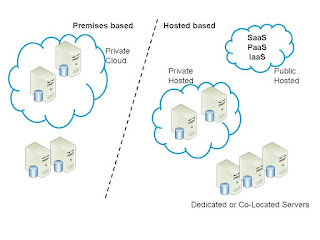Book Title: Seizing the White Space, Business Model Innovation for Growth and renewal
ISBN: 1422124819 - Harvard Business Press
ISBN: 1422124819 - Harvard Business Press
Author: Mark W. Johnson
Review:
The book introduces the concept of "white space", described as the area where there is a job-to-be-done and fundamental business model change is required; in opposition to adjacent market space.
The book introduces also a "Four-Box Business Model Framework"; the Customer Value Proposition box defined as the offer of products and services that addresses the job-to-be-done, and solves the customer problem; the Profit Formula describes how company creates value for itself and for its customer, comprising price model, cost structure, revenue streams etc; and the third and fourth boxes Key Resources and Processes that comprise the technology, the people, the skills that are needed to deliver the Customer Value Proposition.
Mark discusses in his book how to design a new Business Model, and presents a methodology, ideas on where to start; he recommends to identify the job-to-be-done first - only this way you can be certain to sell you offer - and take it from that elaborate, iteratively, the Customer Value Proposition, the Profit Formula, the resources and processes.
Conclusion & remarks:
The book introduces the concept of "white space", described as the area where there is a job-to-be-done and fundamental business model change is required; in opposition to adjacent market space.
The book introduces also a "Four-Box Business Model Framework"; the Customer Value Proposition box defined as the offer of products and services that addresses the job-to-be-done, and solves the customer problem; the Profit Formula describes how company creates value for itself and for its customer, comprising price model, cost structure, revenue streams etc; and the third and fourth boxes Key Resources and Processes that comprise the technology, the people, the skills that are needed to deliver the Customer Value Proposition.
The elements of the Four-Box Business Model Framework are:
The book presents also a number of interesting cases like HilTi, Tata, Dow Corning and Xiameter.- Customer Value Proposition (CVP): an offering that helps customers more effectively, reliably, conveniently, or affordably solve an important problem (or satisfy a job-to-be-done) at a given price.
- Profit Formula: the economic blueprint that defines how the company will create value for itself and its shareholders. It specifies the assets and fixed cost structure, as well as the margins and velocity required to cover them.
- Key Resources: the unique people, technology, products, facilities, equipment, funding, and brand required to deliver the value proposition to the customer.
- Key Processes: the means by which a company delivers the customer value proposition in a sustainable, repeatable, scalable, and manageable way.
 |
| 2009 Innosight LLC |
 |
| 2009 Innosight LLC |
Mark discusses in his book how to design a new Business Model, and presents a methodology, ideas on where to start; he recommends to identify the job-to-be-done first - only this way you can be certain to sell you offer - and take it from that elaborate, iteratively, the Customer Value Proposition, the Profit Formula, the resources and processes.
Conclusion & remarks:
- It's a good book that adds up to the flourishing business literature. I liked it!
- the book is missing references to body of knowledge, for e.g. "Blue Ocean Strategy" of W. Chan Kim & Renée Mauborgne, Business Model generation of Alex Osterwalder & Pigneur











